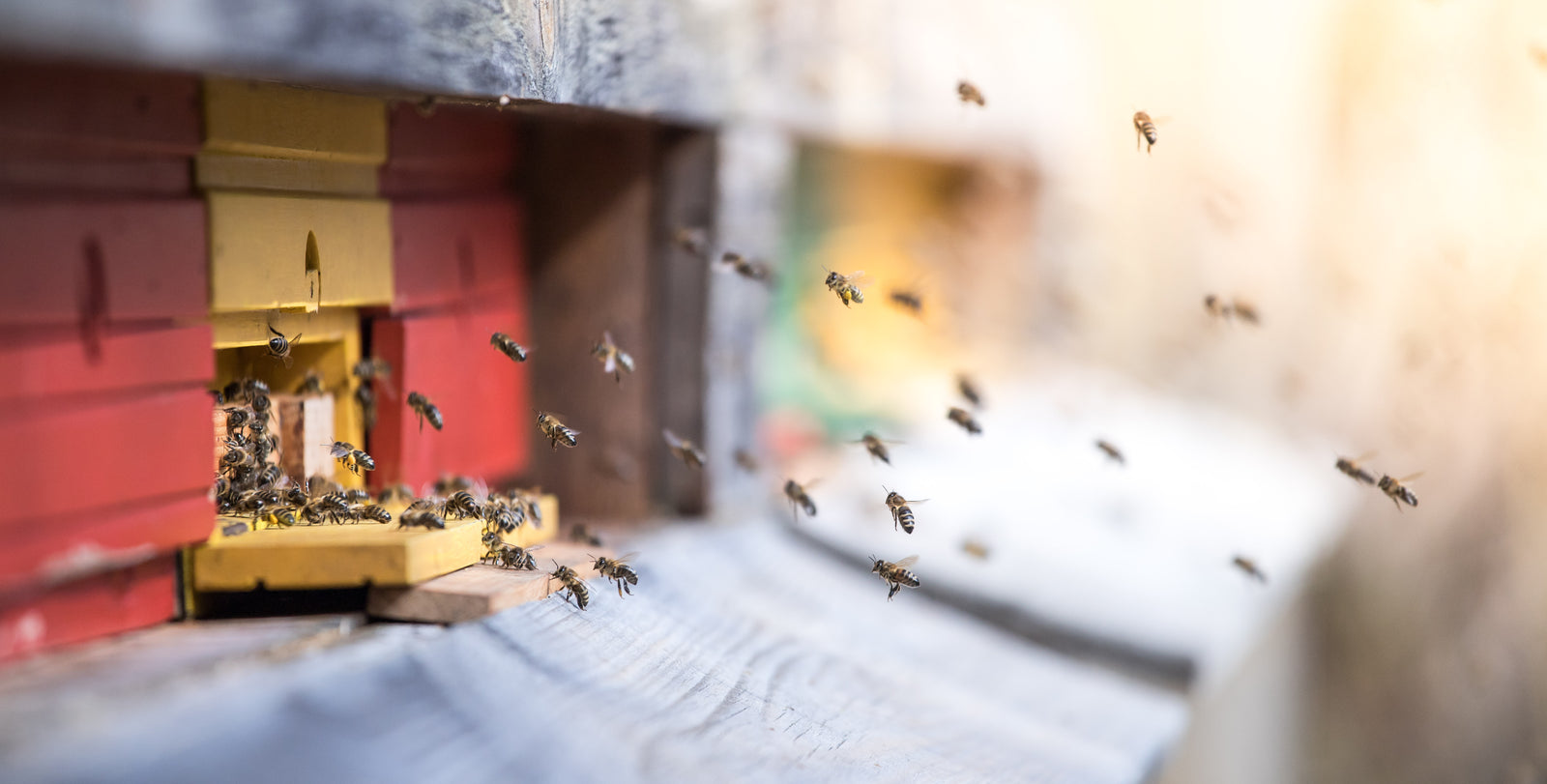This has been a long running debate and to be honest there are advantages and disadvantage to both designs. As we know bees will build their nest in almost anywhere there is a small entrance hole, is located off the ground, dry and has a sizeable void behind the front door. It is therefore not surprising that bees will build nests either vertically as in a tree hollow trunk or horizontally along tree branches or various other structures. As a result, we as humans have mimicked the horizontal with Beehive designs such as the Langstroth Long Hive, Top-bar hive, and other various descriptions, which are becoming more popular across the world.
Some claim that the long hives can be harder to maintain the warmth in particular countries of cooler climates because the warm air cannot spread across the frames as easily. However, this in practice can be helped by adding additional ventilation into the lids of the horizontal hives but is not ideal. This is where the more traditional vertical hive might have an advantage.
In the natural kingdom bees tend to usually build horizontally in warmer climates whilst vertically in cooler and cold places of the world. In warm and hot countries of our planet, the Langstroth Long Hive and Top Bar Hives do very well although they may be best to be placed in dapple shade to provide some shelter from the harsh sun. The same saying also goes for other horizontal shaped hives such as the Pipe Hives and other models using various materials clay, straw, wood and other materials.
Horizontal Hives like the Top-Bar hive can be found throughout the African continent, USA, Australia, South-East Asia and southern countries of Europe.
On the opposite side vertical hives like the British National, Warre Hive, Golden Hive and of course the very popular Langstroth, do very well in cooler climates like Northern parts of North America, Europe, Asia, New Zealand, Southern Africa and more.
However, saying this many of the vertical hives like the Langstroth are extremely adaptable, versatile and as a result are found from the extremely cold climates of Canada to the baking temperatures in Australia.
There is a tendency when climates are cooler, bees group together as a cluster in a vertical fashion. This conserves more energy to keep the colony warmer. Rather than spread-out horizontally where heat rises and therefore would have a wider surface area to lose heat; by arranging in a vertical layout, the warmth from the lower bees would travel upwards through more bees if arranged vertically.
Another factor that effects the arrangement of the bees is the insulation around them. It’s not surprising, the further the bees are away from the equator, the more insulation the colony will require to maintain their warmth through the winter months. As a result, different materials have been used in hives to provide this flexibility. This includes different densities in timber, plastics and thicknesses too.
Naturally bees that reside in trees often have at least 30-125mm (1¼” - 5”), of wood surrounding their colony; thus, providing excellent insulation and a perfect residence for years. Many man-made beehives in cooler climates tend to have thicker walls of around 25mm (1”) to provide better insulation for the bees. This is usually easier to manufacturer in vertical hives but is even more essential in horizontal hives due to the physics of loosing warm air, if used in cold climates.
The thickness and quality of the timber that a beehive is made from can be easily overseen when purchasing a new beehive. However, this can be the difference of life and death of a colony if they are to live through colder climates.
CONCLUSION:
If you are considering a new beehive that might be positioned in cooler or cold climate, then consider the quality and thickness of the insulated walls. Usually this will be in the form of a well-insulated vertical hive. However, if you live in a warmer environment 365 days of the year and that insulation might not be as essential, then the horizontal hives could be an option.
There is no reason why you can’t go against the grain by opting for a horizontal hive in cooler climate if your hive is well insulated or you add additional insulation around the hive. Remember your bees need to stay warm to survive.

